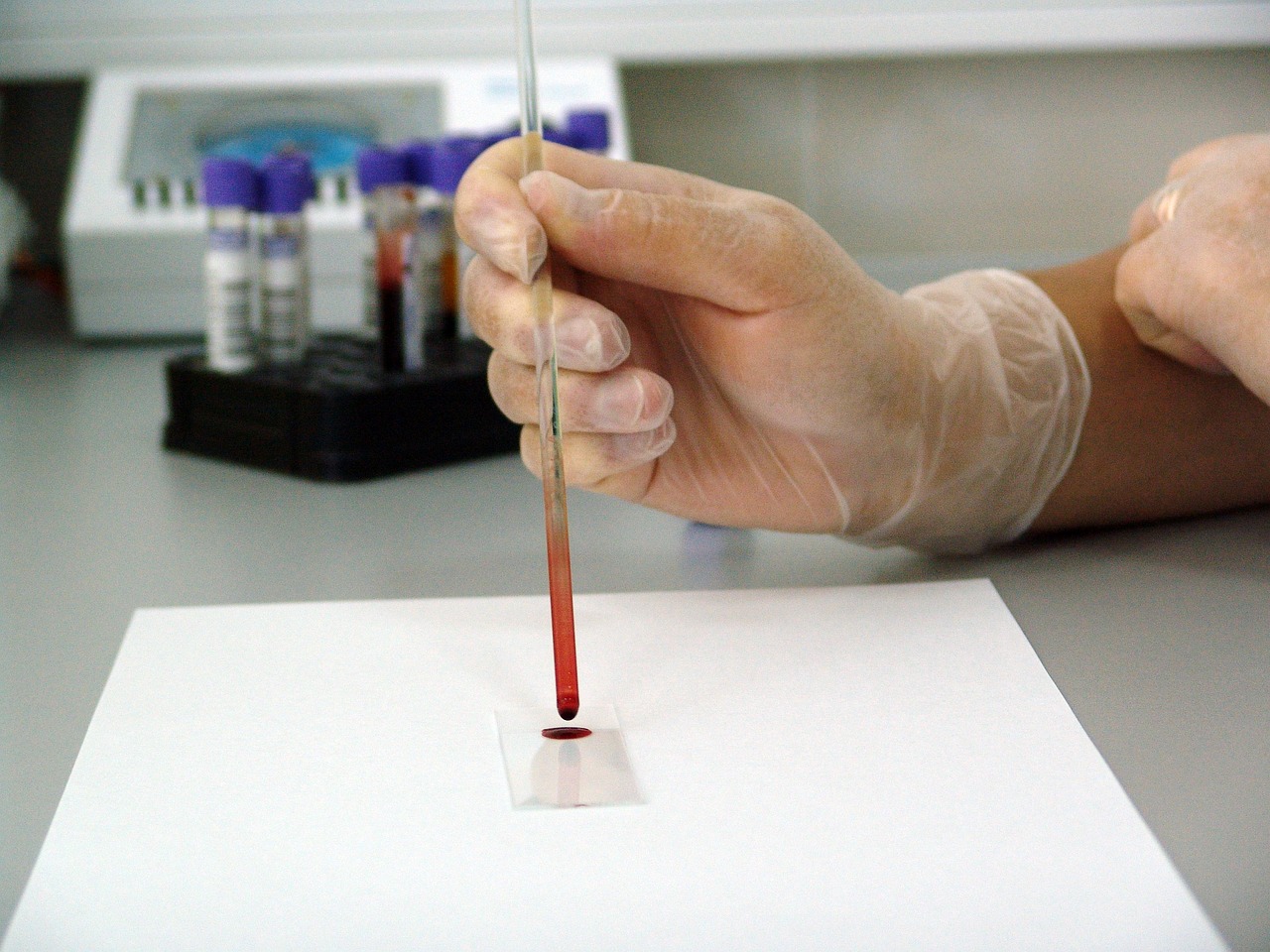An elderly man has succumbed to a severe case of Alaskapox, marking the first human fatality linked to this recently identified virus. Previously, the virus was only associated with causing mild illness in both animals and humans.
Alaskapox virus (AKPV) is a rare virus that belongs to orthopoxviruses – a family of viruses that causes smallpox. The virus was initially detected in an adult residing near Fairbanks in 2015. By December 2023, a total of seven cases had been reported, all confined to residents of the Fairbanks area. These cases presented as self-limiting illnesses characterized by symptoms such as a localized rash and swollen lymph nodes.
Typical symptoms of Alaskapox include skin lesions (bumps or pustules), swollen lymph nodes, and joint and muscular pain.
According to a bulletin released by the Alaska State Epidemiology, the elderly man from the Kenai Peninsula in the United States died in January after being hospitalized for around two months. A lab test on the swab from the skin lesion later sent to the Centers for Disease Control and Prevention (CDC) confirmed that he had Alaskapox virus (AKPV).
In mid-September, he developed a tender red papule in his right axilla, for which he received weeks of antibiotic treatment that did not alleviate the condition. As the disease advanced, he experienced severe neuropathic-type burning pain, and muscle inflammation, and developed four smaller pox-like lesions throughout his body. The individual’s compromised immune system due to cancer treatment is believed to have aggravated the illness.
“This is the first case of severe Alaskapox infection resulting in hospitalization and death. The patient’s immunocompromised status likely contributed to illness severity. Moreover, being the first case of Alaskapox identified outside of the Interior region, it indicates that AKPV appears to be more geographically widespread in Alaska’s small mammals than previously known and warrants increased statewide awareness among…
Read the full article here

Leave a Reply